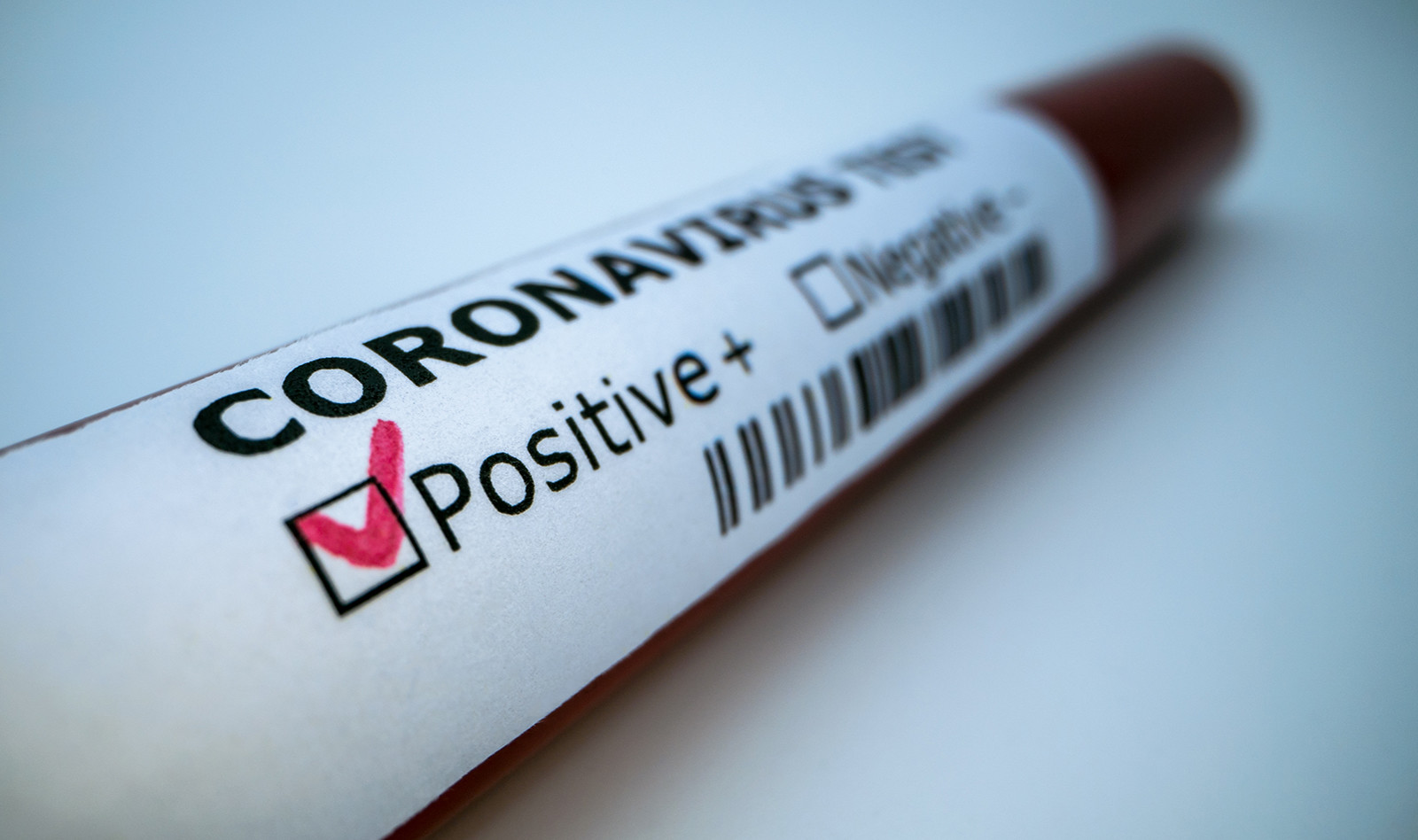Prospective International Survey: Global Evaluation of Echocardiography in Patients with COVID-19
Source: European Heart Journal – Cardiovascular Imaging (2020) 0, 1–10
INTRODUCTION
While the severe acute respiratory syndrome coronavirus 2 (SARS-CoV-2) responsible for COVID-19 predominantly affects the respiratory tract, accumulating data suggest that COVID-19 can cause a wide range of cardiac conditions that include acute myocardial infarction, myocarditis, and stress cardiomyopathy. These may lead to acute left and right ventricular failure. Acute right ventricular failure may be also caused from pulmonary embolism or pneumonia. In COVID-19 patients with cardiogenic shock, virus particles have been observed in the myocardium and vascular endothelium.
The goal of this survey was to improve the understanding of the cardiac manifestations of COVID-19, and to provide insights into the characteristics of patients who would benefit most from echocardiography.
METHOD
This global online survey was designed by the European Association of Cardiovascular Imaging (EACVI). COVID-19 patients were imaged as part of routine care. The survey included 11 questions that could be easily filled out by sonographers or clinicians on smartphones immediately after completion of echocardiographic studies.
In addition to demographics, the survey included information on comorbidities, symptom severity, COVID-19 status, presence of pneumonia, and the location in hospital where imaging was performed.
It also collected data on the indication for imaging: Suspected left heart failure, suspected right heart failure, chest pain with ST-segment elevation on the electrocardiogram, cardiac biomarker elevation [troponin or brain natriuretic peptide (BNP)], ventricular arrhythmia, suspected tamponade, or cardiogenic shock.
Finally, data about echocardiographic findings was collected: Left ventricular abnormalities (normal, mild, moderate, or severe systolic dysfunction, dilatation, evidence of new myocardial infarction, myocarditis, or takotsubo cardiomyopathy), right ventricular abnormalities (normal, mild or moderate, or severe systolic dysfunction, dilatation, D-shaped left ventricle, or elevated pulmonary artery pressure), or cardiac tamponade. The survey then captures whether the echocardiogram changed patient management.
RESULTS
The survey was conducted between April 3-20, 2020 and includes data from 1272 patients from 69 countries. 1216 (96%) patients were analyzed – age 62 (52–71) years, 70% male. 813 (73%) had confirmed COVID-19, and 298 (27%) had a high probability at the time of scanning. 60% of scans were performed in a critical care setting, with the remainder performed in general medicine, cardiology, respiratory, and dedicated COVID-19 wards. 54% of patients had severe symptoms and 19% had evidence of pneumonia. Pre-existing cardiac disease was reported in 26% of patients due to a combination of ischemic heart disease (14%), heart failure (9%), or valvular heart disease (7%). Hypertension (37%) and diabetes mellitus (19%) were also common. The most common indications for echocardiography were suspected left-sided heart failure (40%), elevated cardiac biomarkers (26%), and right-sided heart failure (20%).
ECHOCARDIOGRAPHIC FINDINGS
Left ventricular abnormalities were reported in 479 (39%) patients, with echocardiographic evidence of new myocardial infarction in 36 (3%), myocarditis in 35 (3%), and takotsubo cardiomyopathy in 19 (2%). Right ventricular abnormalities were reported in 397 (33%) patients, with mild or moderate right ventricular impairment in 19% and severe impairment in 6%. Right ventricular dilatation (15%), elevated pulmonary artery pressures (8%), and a D-shaped left ventricle (4%) were reported less frequently. Cardiac tamponade and endocarditis were reported in 11 (1%) and 14 (1%) patients, respectively. Severe cardiac disease, defined as severe left or right ventricular dysfunction or cardiac tamponade, was reported in 1 in 7 patients (n = 182, 15%).
CHANGE IN MANAGEMENT
In 405 (33%) patients, an immediate change in management due to the echocardiogram was reported. An immediate change in management occurred more often in those patients with an abnormal compared with a normal echocardiogram (45% vs. 20%, P < 0.001). The echocardiogram also facilitated decisions regarding changes in the level of patient care in 8% (32/405), and guided titration of hemodynamic support in 13% (51/405).
 English
English
 Español
Español 

